Oakleaf Hydrangea Info: How To Care For An Oakleaf Hydrangea
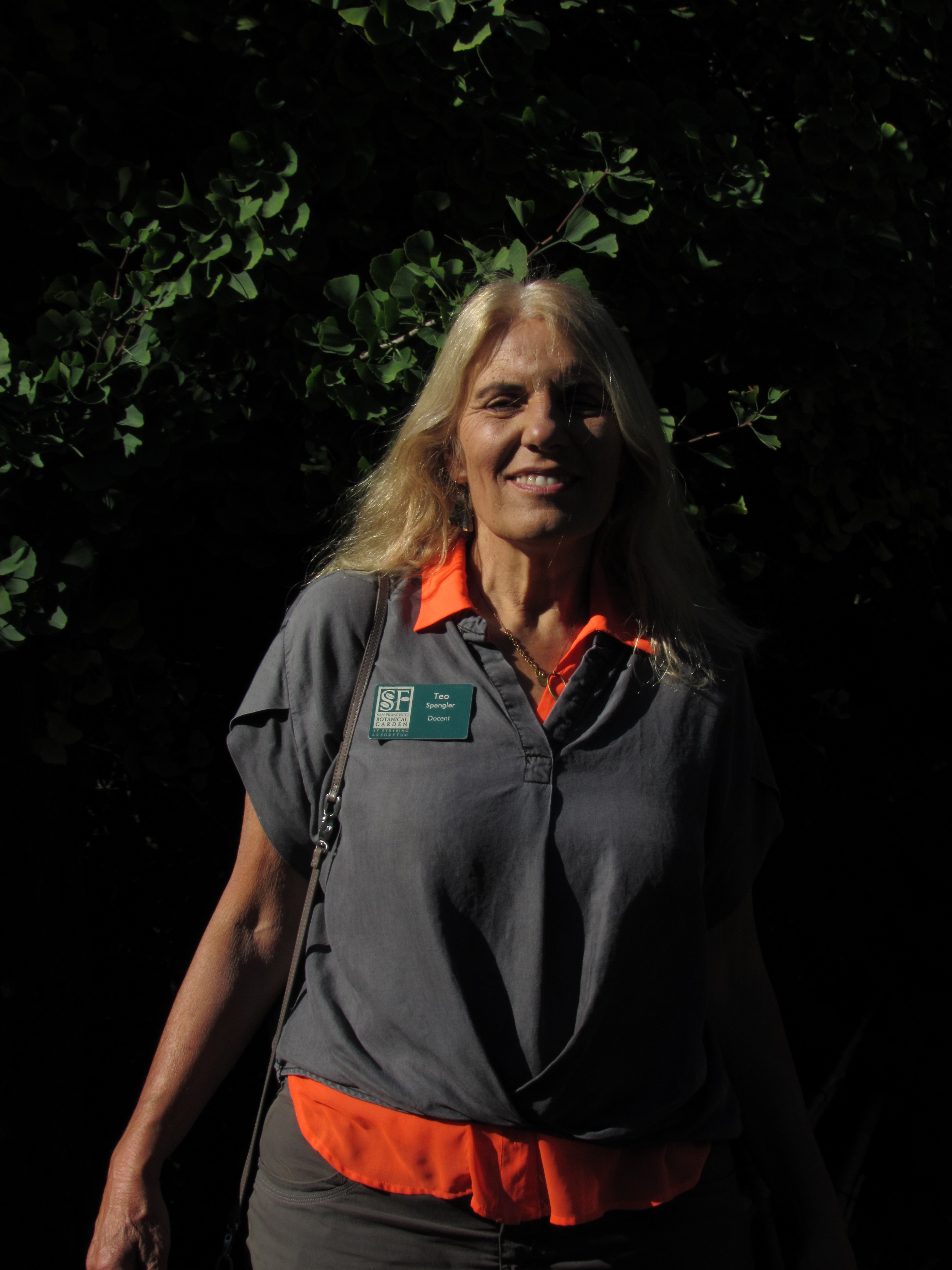
Amy Draiss
You’ll recognize oakleaf hydrangea by its foliage. The leaves are lobed and resemble those of oak trees. Oakleafs are native to the United States, unlike their famous cousins with pink and blue “mophead” flowers, and are tough, cold hardy, and drought resistant. Read on for more oakleaf hydrangea information and tips on how to care for an oakleaf hydrangea.
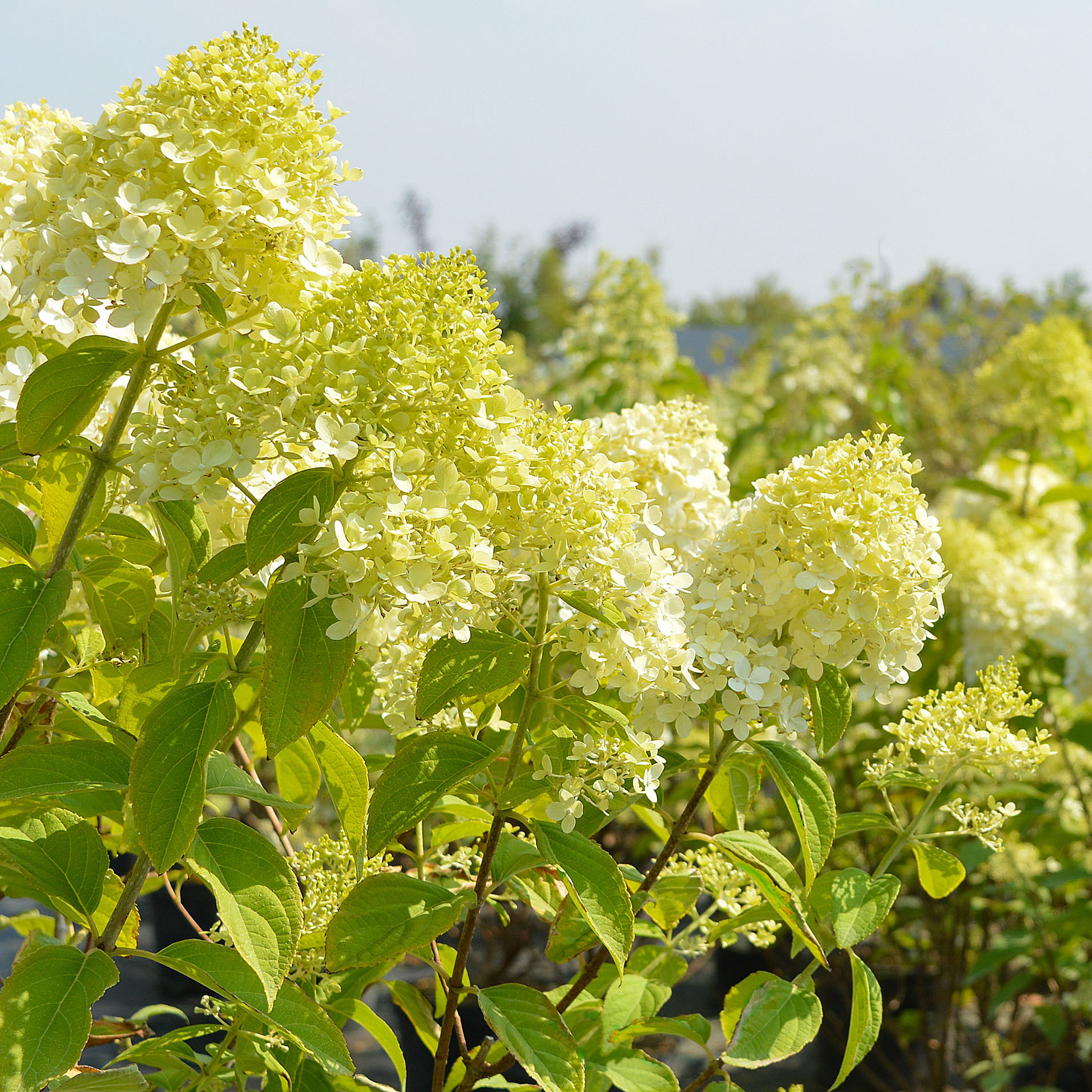
Find the perfect hydrangeas to turn your front lawn into the envy of the neighborhood with the Gardening Know How Shop.
Oakleaf Hydrangea Information
Native to the southeastern part of the country, oakleaf hydrangeas (Hydrangea quercifolia) are attractive all year long. These hydrangea shrubs bloom in spring and early summer. The panicle flowers are greenish white when they are young, picking up subtle shades of pink and brown as they age.
After new flowers stop coming, the blooms stay on the plant and look lovely as they mature. The lobed leaves can grow large, up to 12 inches (31 cm.) long. Bright green in spring and fall, they turn brilliant shades of red and orange as autumn turns into winter.
They are also lovely and interesting shrubs in winter since the bark peels back, revealing the dark layer beneath. These features make it a pleasure to start growing oakleaf hydrangeas in your garden. You will find that oakleaf hydrangea care is quite easy.
Growing Oakleaf Hydrangeas
When you start growing oakleaf hydrangeas, you need to learn more about oakleaf hydrangea care. Like most hydrangeas, oakleaf requires a location with some sun and well-draining soil to thrive.
Oakleaf hydrangea information tells you that these shrubs can grow in shady areas, making them more versatile garden plants. You’ll get better fall flowers, however, with a little more sun. Ideally, plant them where they get direct sunlight in the morning and more shade in the afternoon.
These shrubs can grow in cooler regions, down to USDA plant hardiness zone 5. However, you’ll find that growing oakleaf hydrangeas is easier in regions that get some heat in summer.
Gardening tips, videos, info and more delivered right to your inbox!
Sign up for the Gardening Know How newsletter today and receive a free copy of our e-book "How to Grow Delicious Tomatoes".
How to Care for an Oakleaf Hydrangea
If you planted your hydrangea correctly, you should find that growing oakleaf hydrangeas is not difficult. These native shrubs are virtually disease and pest free and, once established, are drought tolerant.
Oakleaf hydrangea information tells you that the plants can grow 10 feet (3 m.) tall with an 8 foot (2 m.) spread. If you haven’t allowed sufficient room for their mature size, you may have to start pruning the hydrangeas to keep them small enough for the space. Pruning oakleaf hydrangeas can also help establish a full shrub.
Pinch back new growth or else trim older growth if this is your intent. Since these shrubs bloom on the prior year’s growth, don’t prune them until they bloom. This gives them time to grow new buds that will bloom again the following summer.

Teo Spengler is a master gardener and a docent at the San Francisco Botanical Garden, where she hosts public tours. She has studied horticulture and written about nature, trees, plants, and gardening for more than two decades. Her extended family includes some 30 houseplants and hundreds of outdoor plants, including 250 trees, which are her main passion. Spengler currently splits her life between San Francisco and the French Basque Country, though she was raised in Alaska, giving her experience of gardening in a range of climates.
- Amy DraissDigital Community Manager
-
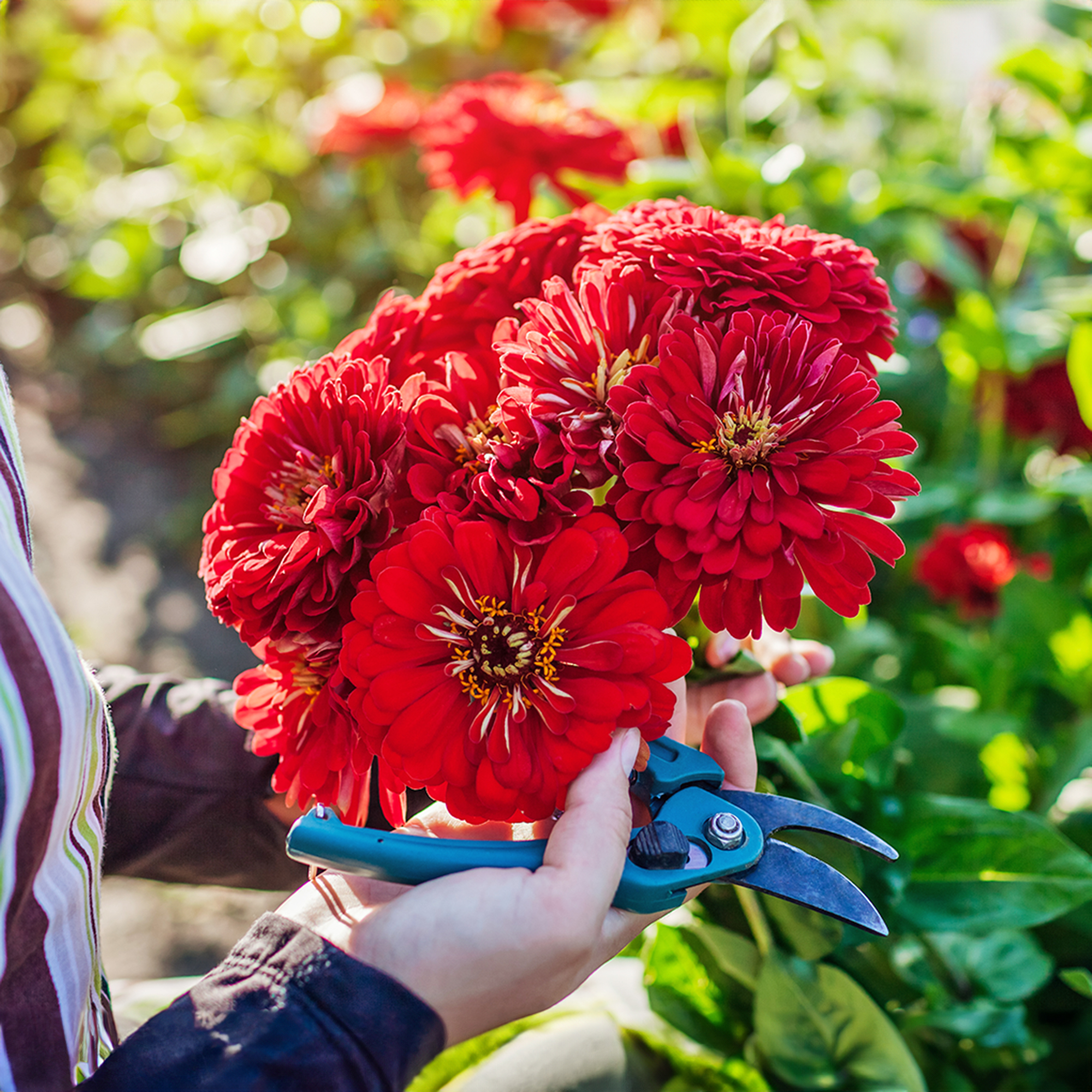 Zinnias On Repeat: 10 Glorious Cut-And-Come-Again Varieties For Endless Summer Bouquets
Zinnias On Repeat: 10 Glorious Cut-And-Come-Again Varieties For Endless Summer BouquetsThese zinnia varieties keep giving all summer, making them the perfect choice for dedicated cutting gardens – or just the occasional homegrown bouquet.
By Ellen Wells
-
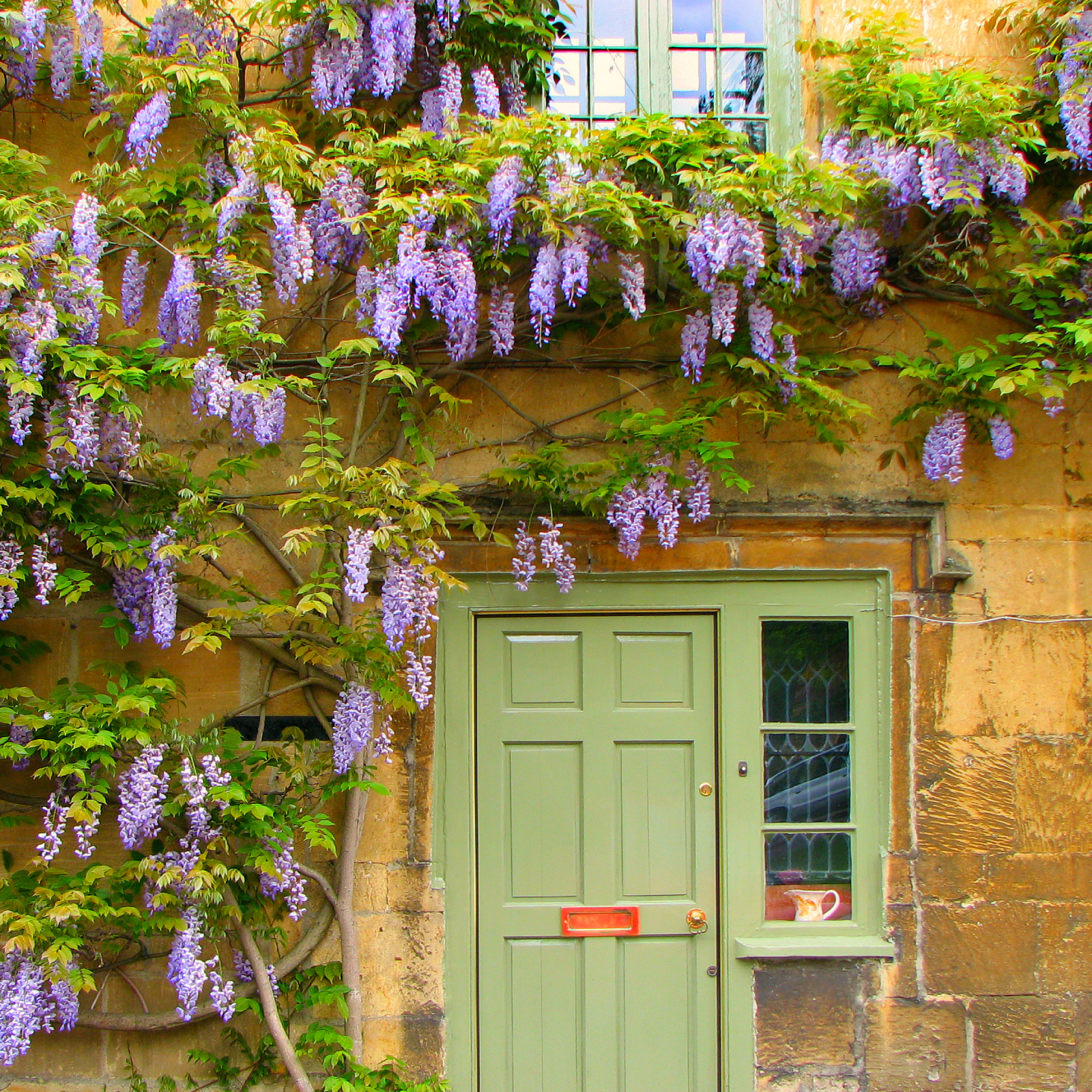 Create A Romantic Garden Straight Out Of Bridgerton: Regency Era Romance In Your Garden
Create A Romantic Garden Straight Out Of Bridgerton: Regency Era Romance In Your GardenTry some romantic garden ideas straight out of Bridgerton. Flowers and gardens in the Regency era were lush and charming and you can get the same look!
By Bonnie L. Grant
-
 Zinnias On Repeat: 10 Glorious Cut-And-Come-Again Varieties For Endless Summer Bouquets
Zinnias On Repeat: 10 Glorious Cut-And-Come-Again Varieties For Endless Summer BouquetsThese zinnia varieties keep giving all summer, making them the perfect choice for dedicated cutting gardens – or just the occasional homegrown bouquet.
By Ellen Wells
-
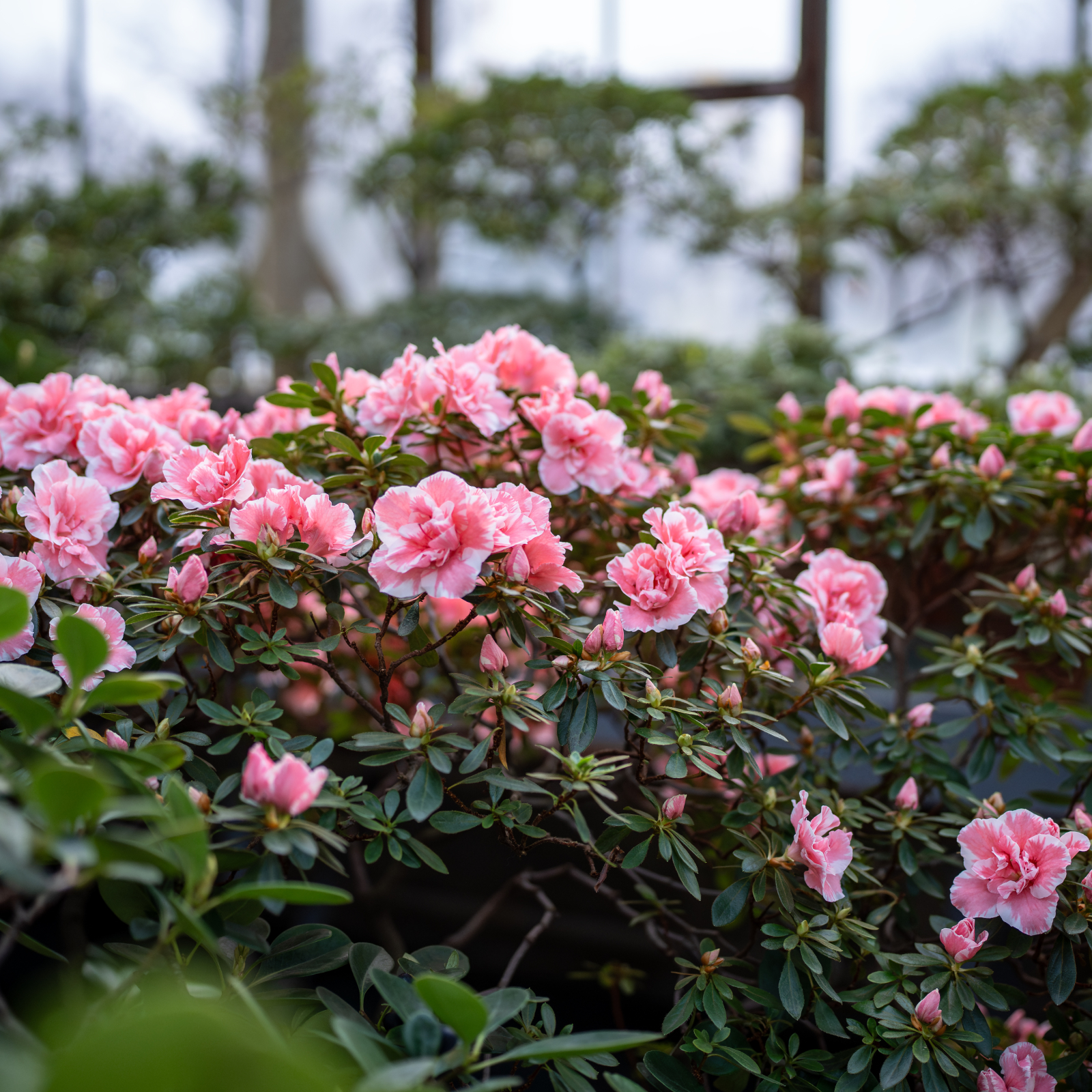 What Is The Size Of An Azalea? Explore Different Varieties That Will Suit Every Garden
What Is The Size Of An Azalea? Explore Different Varieties That Will Suit Every GardenThe size of azaleas can vary widely because they have been selectively bred for different landscape needs. Check out our picks for each size category.
By Mary Ellen Ellis
-
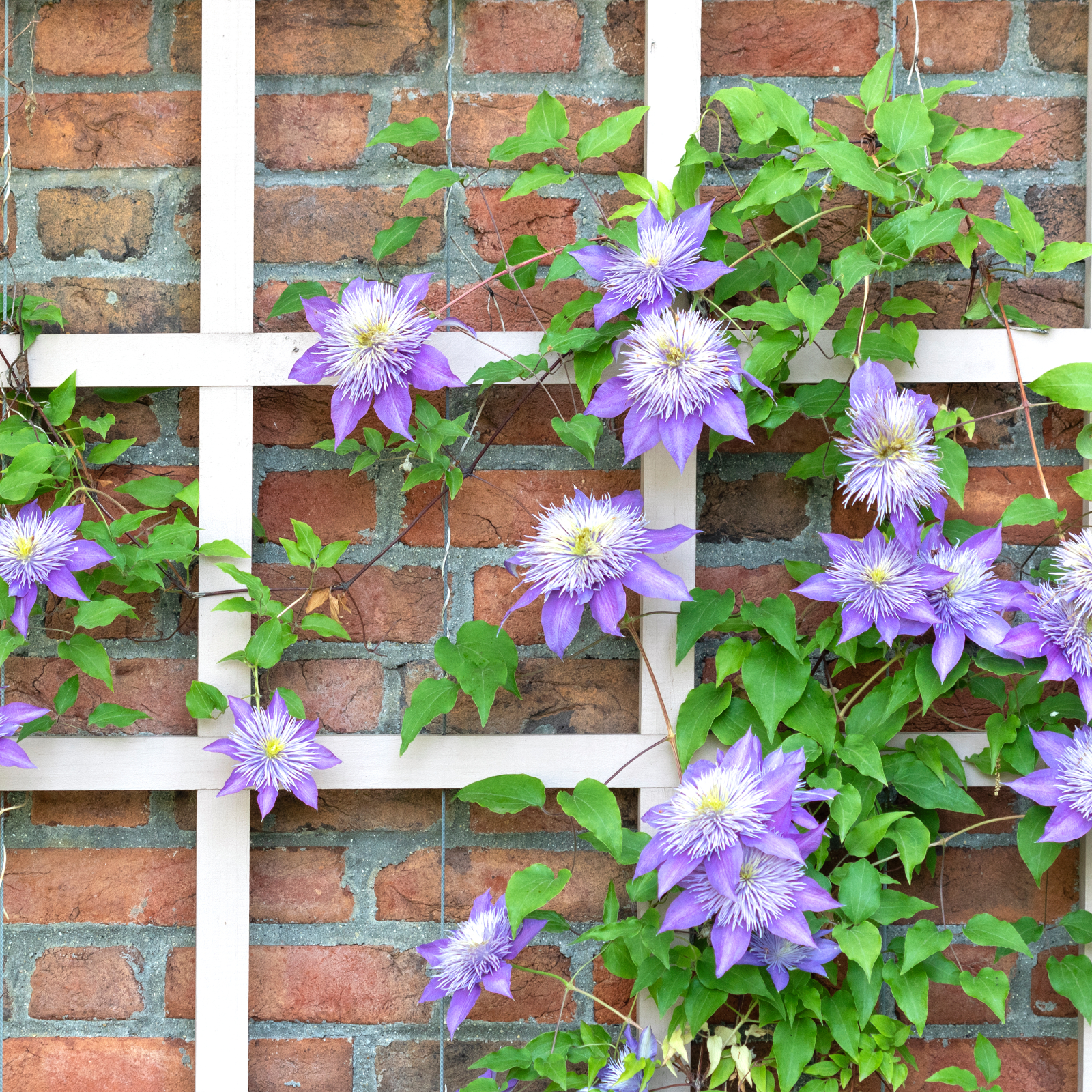 5 Fabulous Fast-Growing Vines – That Will Quickly Climb Any Arbor, Trellis, Or Fence
5 Fabulous Fast-Growing Vines – That Will Quickly Climb Any Arbor, Trellis, Or FenceThese fast growing vines are perfect for covering any eyesores in your yard or creating a living fence. They will provide great visual interest, as well.
By Amy Grant
-
 When To Plant Roses: The Best Time For Your Climate And Rose Type
When To Plant Roses: The Best Time For Your Climate And Rose TypePlant your roses at the right time and you will be rewarded with decades of glorious summer flowers – but get it wrong and you'll be crying over dead shrubs.
By Teo Spengler
-
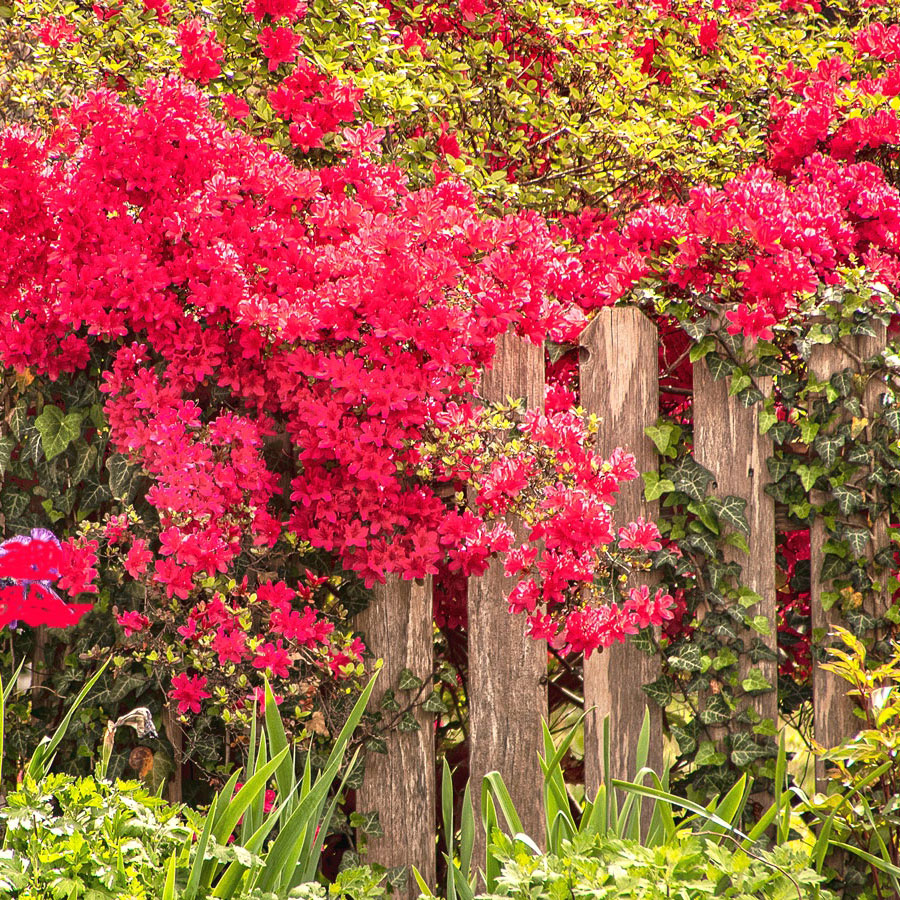 Spectacular Early Blooming Shrubs: 6 Sparkling Spring Flowering Bushes
Spectacular Early Blooming Shrubs: 6 Sparkling Spring Flowering BushesWant to kickstart your gardening year with dazzling spring flowering bushes for beds and borders? These unique early bloomers are sure to help you rise and shine!
By Teo Spengler
-
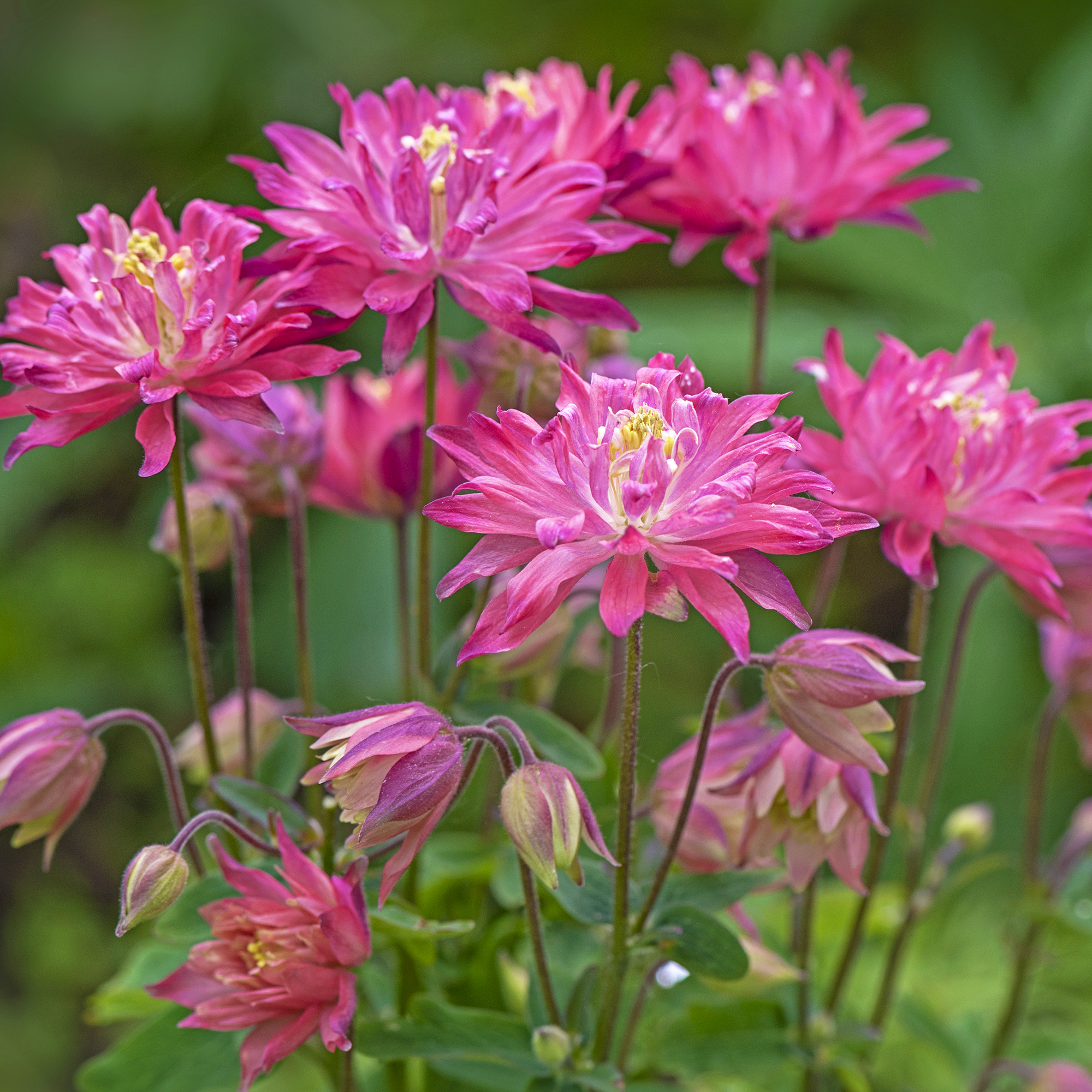 7 Shade-Loving Flowers To Start From Seed Now For A Stunning Summer Garden
7 Shade-Loving Flowers To Start From Seed Now For A Stunning Summer GardenTurn shady spots into vibrant new garden spaces with lovely and illuminating shade-loving flowers.
By Ellen Wells
-
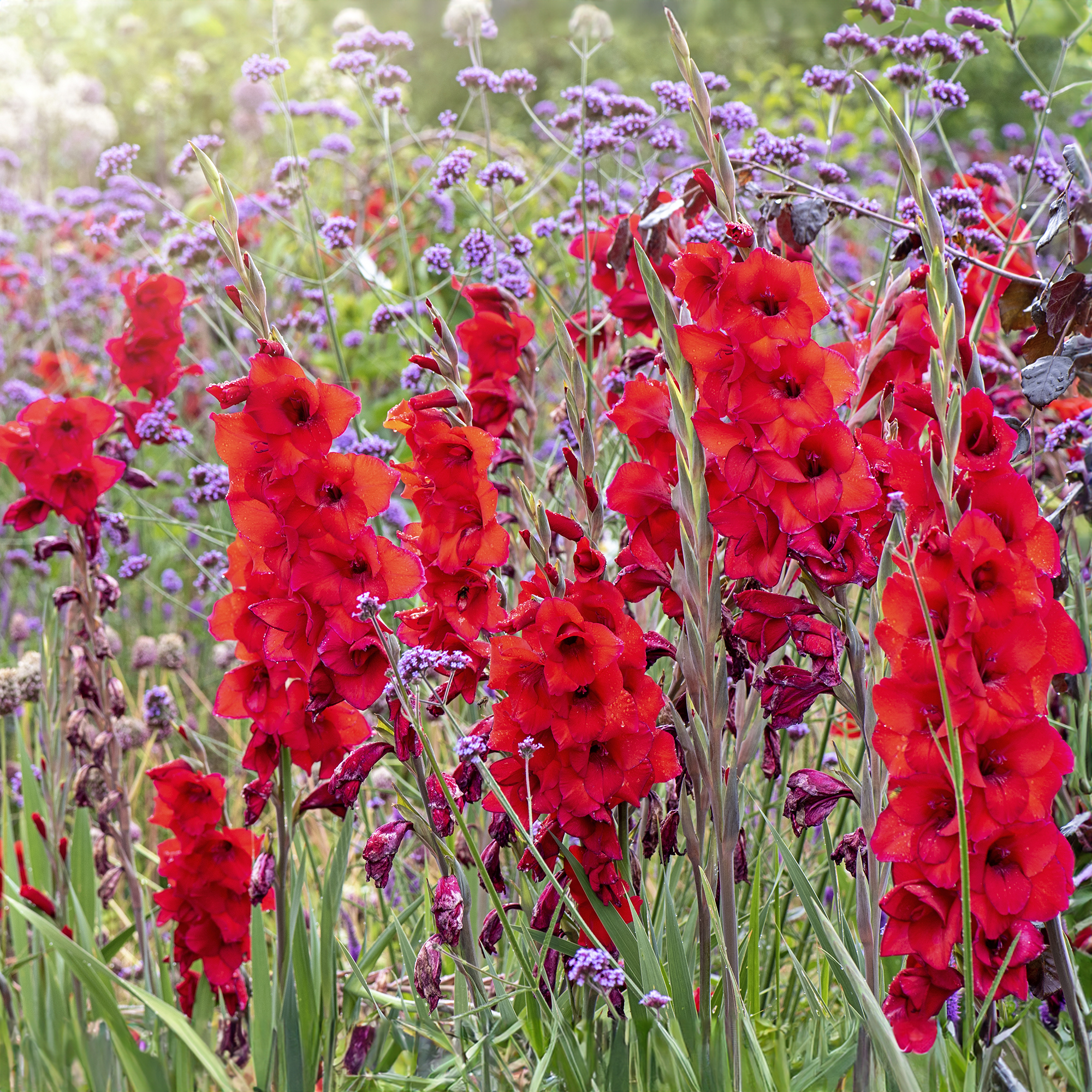 7 Summer-Blooming Bulbs To Plant In Early Spring: Don't Miss Months Of Glorious Flowers!
7 Summer-Blooming Bulbs To Plant In Early Spring: Don't Miss Months Of Glorious Flowers!Get a head start on stunning summer blooms with these easy-to-plant bulbs – act early and you will enjoy vibrant flowers that last for months on end.
By Mary Ellen Ellis
-
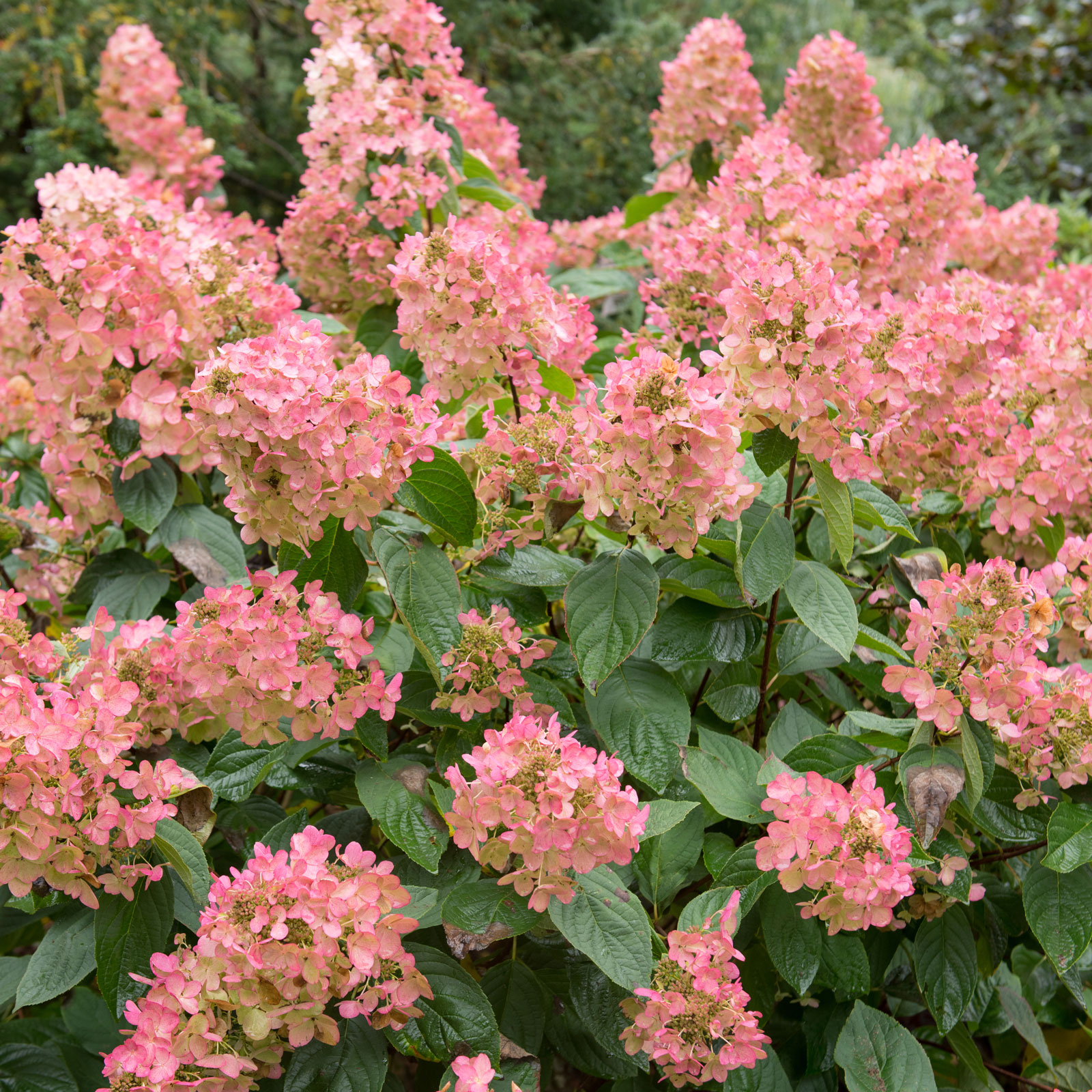 Quick Fire Hydrangea – The Elegant, Easy-Care Shrub Every Gardener Needs In Their Landscape
Quick Fire Hydrangea – The Elegant, Easy-Care Shrub Every Gardener Needs In Their LandscapeIf you’re after an early flowering panicle hydrangea that offers plenty of floral variety, the Quick Fire hydrangea goes big on visual dynamics from early summer to fall
By Tonya Barnett